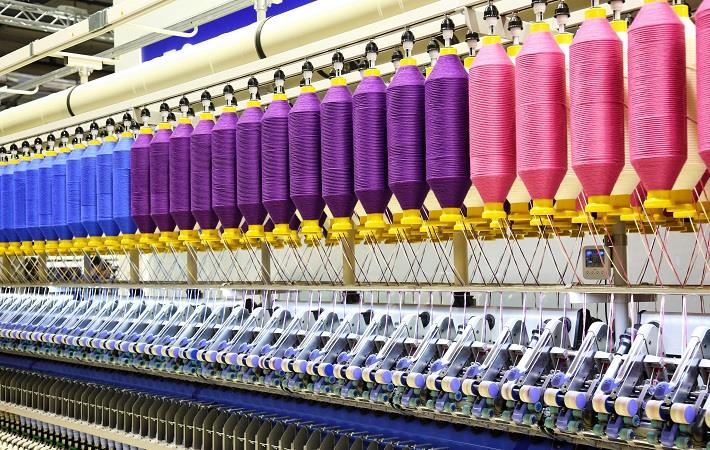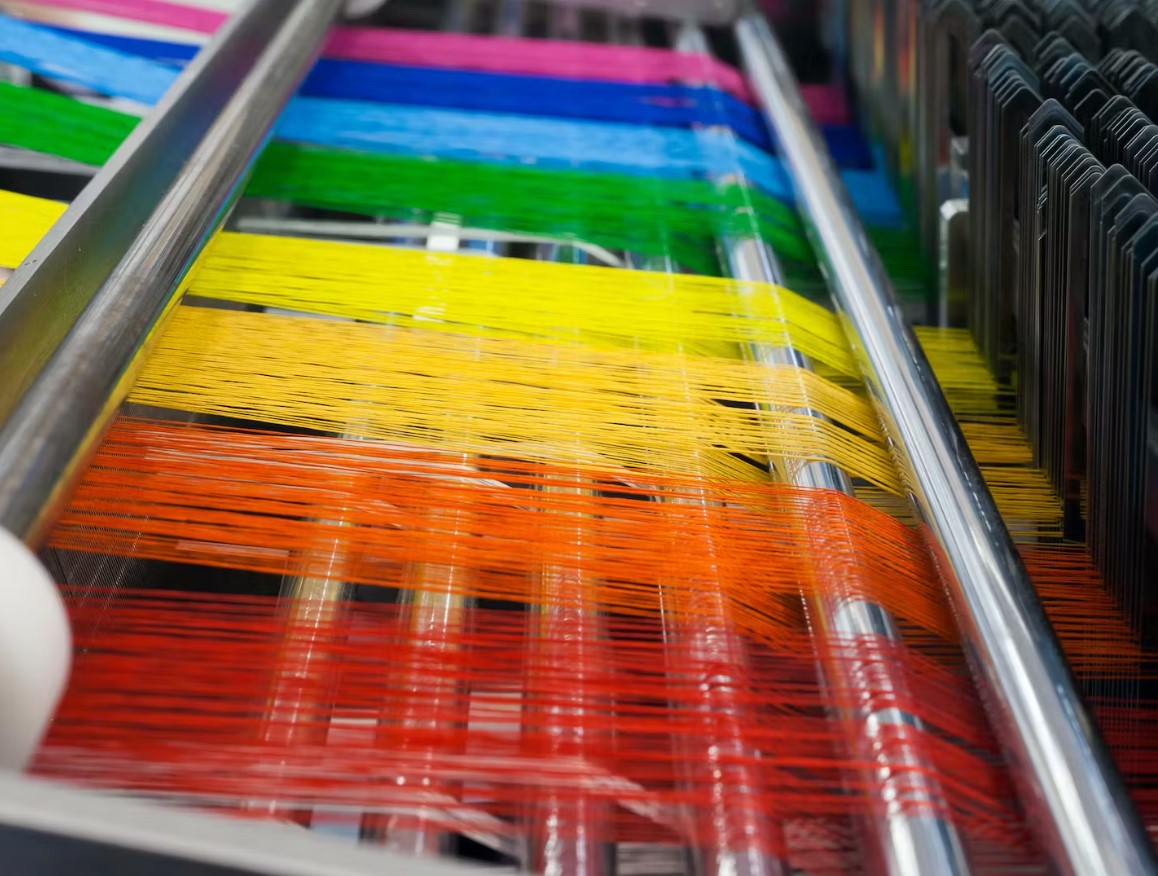Safest and most effective Textile and Jeans dyeing wastewater treatment
Treatment of textile dyeing wastewater is extremely necessary and urgent. The garment is a strategic spearhead of the economic industry, attracting a lot of physical resources and human resources to serve. Significantly improve our country's unemployment (accounting for 10.3% of the existing labor force).
However, this is also an industry that generates a huge amount of wastewater and sludge. Wastewater is extremely difficult to treat with a variety of chemicals, in most stages such as dyeing, printing, washing, and packaging. Without effective safe treatment methods and systems, the environment will be severely affected.

What is wastewater, textile dyeing sludge? Ingredients and properties
When manufactured, textile chemicals are mainly composed of auxiliaries, macromolecular compounds, polymers, and heavy metals. The direct discharge will destroy ecosystems, environmental landscapes, and health. According to experts, wastewater, and textile dyeing sludge is one of the most polluting substances throughout the history of human industrial development.
Wastewater, textile dyeing sludge often contains impurities such as grease, nitrogen-containing dissolved substances, and dirt. Each fabric production process (sizing, bleaching, bleaching, polishing, dyeing, printing, and finishing) releases a large number of chemicals, dye solutions, bleach, etc. source of this industrial waste.
The solution is Quick Lime and Hydrated Lime products
Lime in Water Softening
"Hard" water contains dissolved mineral compounds, including calcium and magnesium, and the softening process removes them. The process uses chemical reactions in a high-pH environment to form calcium compounds that precipitate into solids, which can then be filtered out. For example, calcium bicarbonate reacts with lime to create calcium carbonate and water.
Lime in Municipal Sewage Treatment
As with water softening, lime raises the pH of sewage water containing phosphorus and nitrogen from organic sources. In the high-pH environment, lime combines with phosphorus to create calcium phosphates, which precipitate out of the water as a solid. "Ammonia stripping" uses that same high-pH environment to release nitrogen (as ammonium hydroxide) into the atmosphere, in the form of gas.
Lime in Industrial Wastewater Treatment
Many industrial processes -- from mining to steel making to fruit canning -- generate acidic wastewater, which must be treated before release. Lime serves to neutralize acids while also precipitating various metals into solids that can be recovered. Other, more caustic agents, such as caustic soda, could perform similar functions, but lime is cheaper and safer to handle, and its resulting sludge captures more metals with less tendency to leach them out.




Contact us:
VIET NAM TECHNOLOGY MINERALS JSC - SHC GROUP
Mr. Steve (Sales manager - Minerals Divisions)
WhatsApp: +84 93 618 1398 - Email: export4@shcgroup.vn




